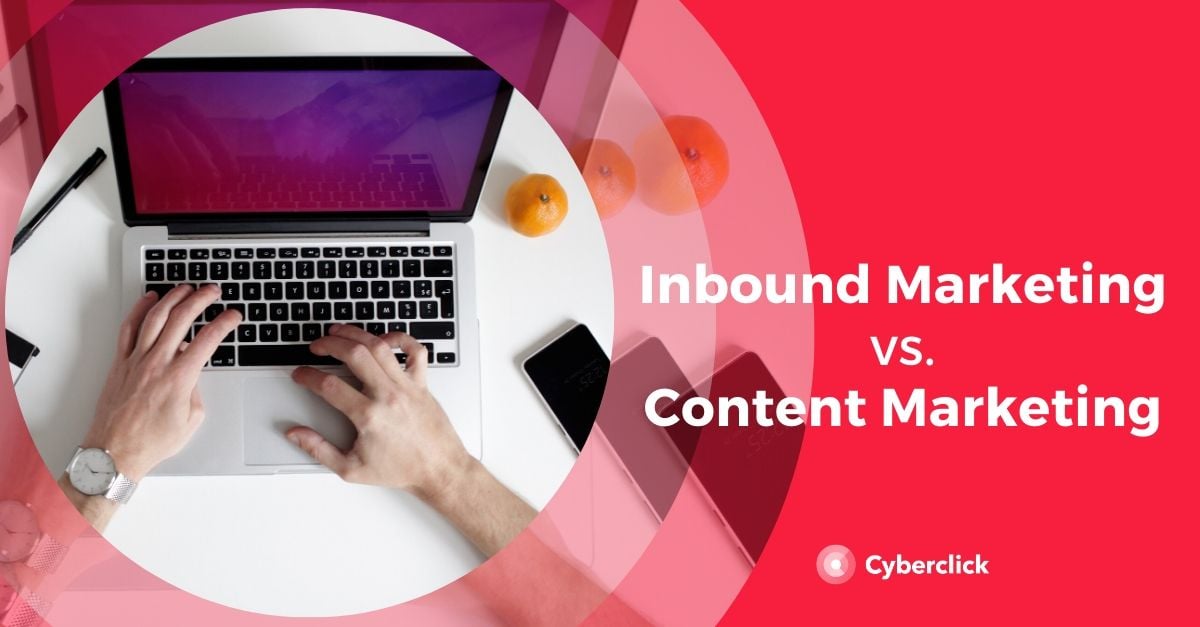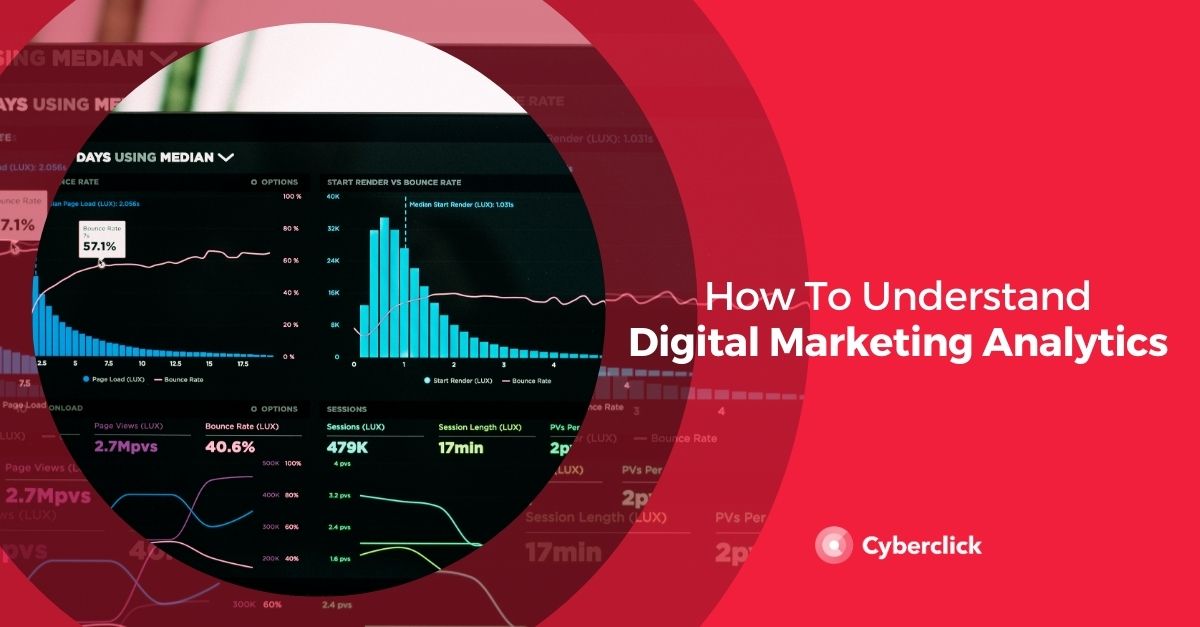For a long time, outbound marketing was the primary strategy used by companies to attract customers. This method, which relied on direct calls, media advertising, and billboards, among others, gradually lost strength (though it did not disappear completely) in favor of inbound marketing. Inbound marketing focuses on providing potential customers with valuable information that indirectly and organically generates their need for a product or their awareness that your brand is the right one to meet their needs. However, the world of marketing and sales is constantly changing and evolving, and now a term is emerging that emphasizes the importance of combining both customer acquisition strategies: allbound marketing.
In this article, we will provide you with everything you need to know about this new marketing and sales concept.

What Is the Allbound Methodology?
The Allbound strategy is a sales and marketing methodology that combines both inbound and outbound approaches to achieve optimal results in customer acquisition and increase a company's sales. This strategy involves bilateral communication between the company and the potential customer, providing valuable content and addressing doubts to build trust in the brand. The idea is for both strategies to work together in creating a satisfactory buying experience for the customer and enhancing the company's effectiveness in customer acquisition.
To fully grasp the Allbound methodology, it is important to understand inbound marketing, inbound sales, outbound marketing, and outbound sales.
- Outbound marketing refers to advertising actions aimed at directly selling a product or service to the user, without the need to establish any form of conversation, as the communication is always one-way (from company to user). Outbound marketing is what we commonly know as traditional marketing. As mentioned earlier, it includes actions such as billboards or advertisements in the media.
Another key characteristic of outbound marketing is that its actions are unexpected for the audience, as they abruptly interrupt their activities.
However, outbound marketing is not limited to the physical world. The virtual or online marketing realm has also incorporated this type of action, which can be seen in the form of paid ads on Google, banners on web pages, or pre-roll, mid-roll, or post-roll videos on YouTube.
- Inbound marketing, on the other hand, is a customer acquisition strategy based on the creation of valuable content that is genuinely useful to the audience. Unlike outbound marketing, inbound marketing is non-intrusive, as the information is organically presented to individuals. For instance, an article may appear when a user searches on Google. The core aspect of inbound marketing is the conversation with potential customers, ensuring bilateral communication throughout the process. The brand interacts with the user, offering support and resolving any inquiries. Blogs, social networks, ebooks, and webinars are among the resources on which inbound marketing relies.
- Outbound sales refers to the traditional way of selling. It revolves around the idea of pursuing potential customers and persistently trying to spark their interest in your product or service. Cold calling is a prime example of this sales strategy. The objective of outbound sales is not to assist customers with their problems by providing solutions but rather to capture their attention in a more direct manner without disguising the fact that you are selling.
- In contrast, inbound sales takes the opposite approach. This sales technique aims to attract the audience in a way that they voluntarily approach the company with the intention of making a purchase. To achieve this, it is essential for the company to consistently provide value and be available to help whenever needed throughout the customer journey. For example, when you respond to a user's question on social networks, you are engaging in an inbound sales action. As you may have deduced, for inbound sales to be effective, it is crucial for the company to implement a robust inbound marketing strategy, as these two aspects are inseparable.
Now that you have a clear understanding of all this information, you will be able to grasp the Allbound methodology more effectively. This methodology is built on the notion that all strategies, whether inbound or outbound, possess positive aspects that can be advantageous in customer acquisition.
There is a common misconception that these two approaches to marketing or sales are mutually exclusive, but that couldn't be further from the truth. They can coexist within the same company and yield highly compelling results. In fact, they can work even better together than separately, as they mutually reinforce each other.
What Are the Advantages of an Allbound Strategy?
Embracing an Allbound marketing and sales strategy is akin to incorporating the best of both worlds into your company. By doing so, you can leverage the advantages offered by both approaches and address any limitations that may arise when only one methodology is implemented.
Benefits of Outbound Strategies
- Ease of testing your actions: in outbound strategies you come into contact with a large number of potential customers, since it is a more massive and aggressive method of action. This means that you can check the effectiveness of your actions much more quickly, which in inbound strategies takes more time.
- Fast ROI (return on investment): inbound strategies also need more time to bear fruit. This is something that can be seen very clearly in SEO, which provides results in the medium to long term. In outbound strategies, on the other hand, it doesn't take as long to start attracting the first customers:
Benefits of Inbound Strategies
- Reach a high level of authority: because inbound marketing strategies are based on creating content and information of value that can be useful to the user, brands are more likely to position themselves as experts in their niche with this type of methodology.
- Generation of a loyal community: social networks are your greatest ally to achieve this, which will also help you to enhance your brand image.
- Independence from paid channels: carrying out a solid inbound marketing and sales strategy will help you get customers organically without having to invest so much money in direct advertising.
Tools to Implement an Allbound Strategy with an Omnichannel Vision
HubSpot
One of the most helpful tools for integrating an Allbound methodology in your company, which allows you to combine inbound and outbound strategies, is HubSpot. It is an easy-to-use CRM (customer relationship management platform) that provides all the necessary resources for the marketing and sales teams to work in a coordinated manner.
HubSpot offers a free version, allowing you to test its usefulness before making a purchase. If you find it valuable, there are various plans available so you can choose the one that best suits your company's needs.
Furthermore, this software is also designed for customer service professionals.
While it is primarily focused on companies that employ inbound marketing strategies, many of its features are incredibly beneficial for implementing outbound strategies as well.
Salesforce
Similar to HubSpot, Salesforce is an excellent software for sales and marketing teams to collaborate and implement both inbound and outbound strategies. It also provides a diverse range of plans, allowing you to customize your selection and avoid paying for features you won't utilize.
One of Salesforce's strengths lies in its ability to offer specific functionalities tailored to various business sectors such as education, finance, wellness, media, and more. This enables you to enhance your business operations and accelerate your results.
Zoho CRM
We consider this software ideal for small and medium-sized companies that have not yet entered the world of CRM. Its implementation is very simple and fast, so it won't take much of your time. In addition, like the rest, it has a free package with limited functionalities, but which, despite this, are quite complete.
As for its different rates, all of them are very affordable compared to the competition.
Although we have said before that Zoho CRM is ideal for small and medium-sized companies, there are also many large companies that decide to bet on this tool due to its good results.
In short, if we look at the ease of use and price, Zoho CRM would be positioned ahead of the rest.
We hope we have helped you to understand the great value of the Allboun methodology and that you can include it in your company, since it seems to be the most complete strategy and the one with the best future prognosis.
Responsable de la estrategia de contenidos y visibilidad en Cyberclick, con enfoque Allbound y especialización en posicionamiento SEO, GEO y automatización con IA. Gestión avanzada del CRM con HubSpot: base de datos, workflows, lead nurturing, scoring y reporting. Experiencia en marketing digital, comunicación corporativa y periodismo, uniendo estrategia, creatividad y tecnología para captar y convertir leads cualificados.
Responsible for content and brand visibility strategy at Cyberclick, with an Allbound approach and specialization in SEO, GEO (Generative Engine Optimization), and AI-powered automation. Advanced HubSpot CRM management: database segmentation, workflows, lead nurturing, scoring, and reporting. Background in digital marketing, corporate communications, and journalism—combining strategy, creativity, and technology to attract and convert qualified leads.






Leave your comment and join the conversation